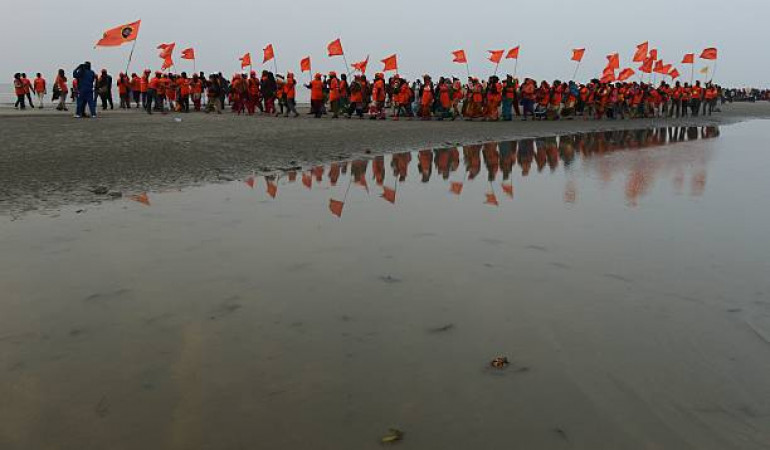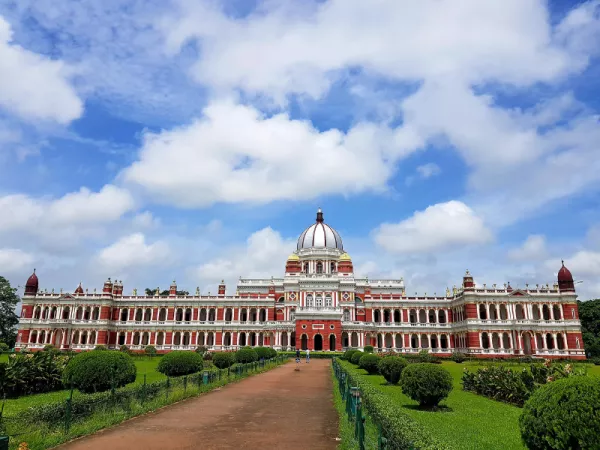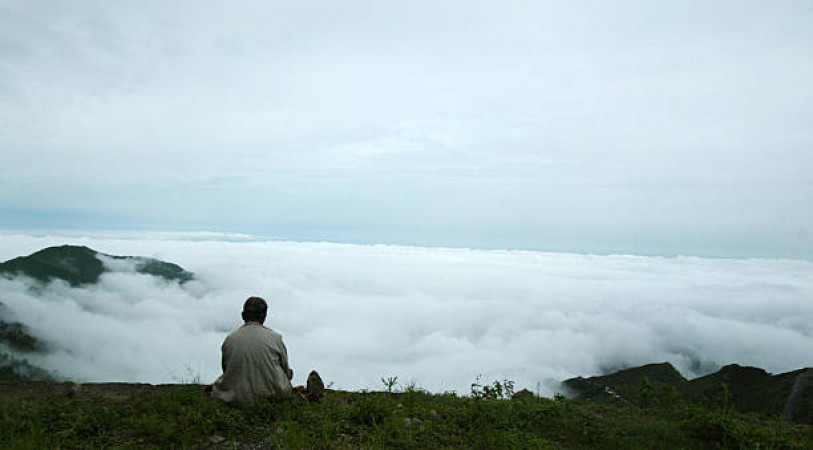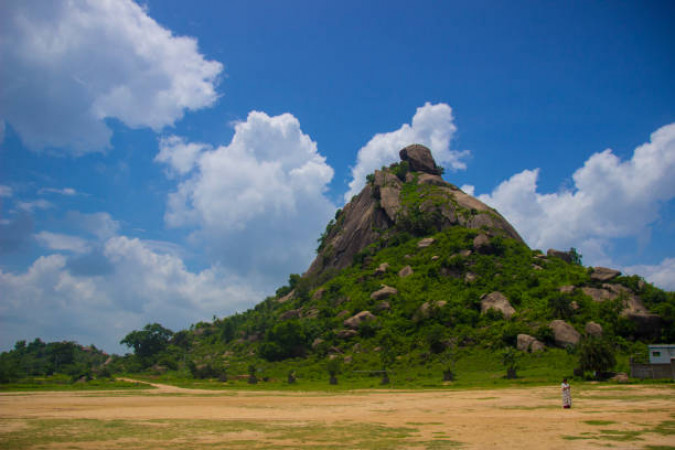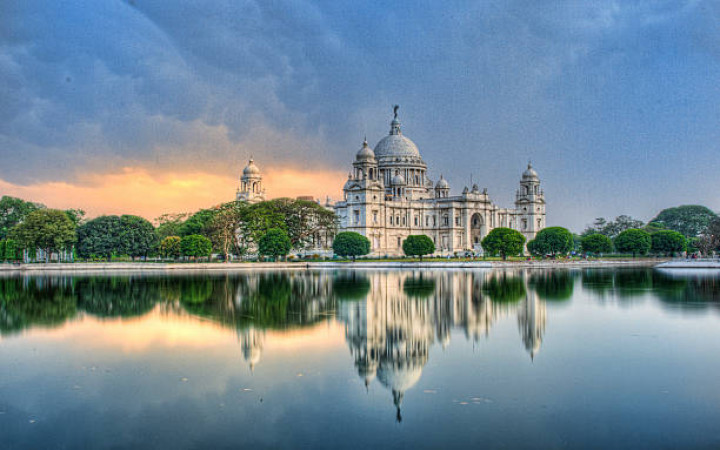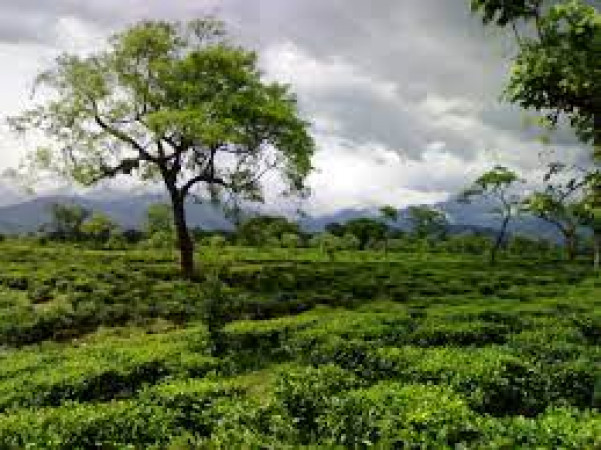
Dooars
Duration
3 to 7 Days
3 to 7 Days
Best time to visit
Sep-Feb
Sep-Feb
Theme
Wildlife, Hill Station
Wildlife, Hill Station
Dooars Travel Guide
Dooars is a mesmerizing region located in the foothills of the eastern Himalayas in West Bengal, India. Known for its lush tea gardens, dense forests, and diverse wildlife, Dooars is a paradise for nature lovers and adventure seekers. The region is rich in history, with influences from various cultures and ethnic groups, making it a melting pot of traditions and customs.Top Attractions in Dooars
- Visit the Jaldapara National Park for a chance to spot the majestic Indian one-horned rhinoceros.
- Explore the Buxa Tiger Reserve, home to the royal Bengal tigers and diverse flora and fauna.
- Experience the thrill of river rafting on the Teesta River.
- Discover the beauty of the Gorumara National Park and its scenic landscapes.
- Relax and unwind at the serene Bindu Dam surrounded by lush greenery.
Dooars is Famous for
Tea plantations and wildlife sanctuaries.Top Attractions in Dooars
- Jaldapara National Park
- Buxa Tiger Reserve
- Teesta River Rafting
- Gorumara National Park
- Bindu Dam
What's Great about Travelling to Dooars?
- Opportunity to witness diverse wildlife in their natural habitat.
- Scenic landscapes perfect for nature photography.
- Rich cultural experiences with local tribes and communities.
What's Not So Great about Travelling Dooars?
- Limited luxury accommodation options.
- Limited public transportation within the region.
- Mosquitoes and insects can be bothersome in certain areas.
Travel Tips for Dooars
- Carry insect repellent and necessary medications for wildlife encounters.
- Respect the local culture and customs of tribal communities.
- Book accommodations in advance, especially during peak tourist seasons.
Important Dooars trip information
- Ideal Duration: A week to explore the main attractions and enjoy nature.
- Best Time to Visit: October to March for pleasant weather and wildlife sightings.
- Nearby Airports and Railway Stations: Bagdogra Airport and New Jalpaiguri Railway Station are the nearest entry points to Dooars.
Top 4 Places to visit in Dooars
Per Person
9,000
*EXCLUDING APPLICABLE TAXES Total
68,000
*EXCLUDING APPLICABLE TAXES 4.3 Ratings
( 35 Reviews )
( 35 Reviews )
Per Person
7,800
*EXCLUDING APPLICABLE TAXES 4.8 Ratings
( 37 Reviews )
( 37 Reviews )
Per Person
12,500
*EXCLUDING APPLICABLE TAXES 4.8 Ratings
( 37 Reviews )
( 37 Reviews )
FAQ's on Dooars
Q1: What is the best time to visit Dooars?
The best time to visit Dooars is during the winter months from November to February when the weather is pleasant and ideal for exploring the lush green forests and wildlife. However, if you are interested in witnessing the blooming of the diverse flora, the monsoon season from June to September is recommended. Avoid visiting during the summer months as it can get quite hot and humid. Keep an eye on any local events or festivals that may interest you.
Q2: Do I need a visa to travel to Dooars?
Most international tourists visiting India will require a visa to travel to Dooars. Make sure to check the specific visa requirements based on your nationality and plan accordingly. There are e-visa options available for certain countries, but it's essential to verify the latest visa regulations before your trip.
Q3: What are the must-visit attractions in Dooars?
Dooars is known for its breathtaking natural beauty and wildlife sanctuaries. Some of the must-visit attractions include Jaldapara National Park, Gorumara National Park, Buxa Tiger Reserve, Chapramari Wildlife Sanctuary, and the scenic tea gardens. Don't miss out on experiencing the thrill of a jungle safari or a river rafting adventure in the Teesta River.
Q4: Is Dooars a safe place to travel?
Dooars is generally a safe destination for travelers, but it's always recommended to take necessary precautions like avoiding isolated areas at night and safeguarding your belongings. Be cautious in crowded places and follow local advice to ensure a safe and enjoyable trip.
Q5: What is the local currency in Dooars and can I use credit cards?
The local currency in India is the Indian Rupee (INR). While credit cards are accepted in some hotels and larger establishments, it's advisable to carry cash for smaller purchases and in rural areas. ATMs are available in towns, but it's wise to have some cash on hand for remote locations.
Q6: What is the local cuisine like in Dooars?
Dooars offers a diverse culinary experience with a mix of Bengali, Nepali, and Tibetan influences. Some popular dishes to try include Momos, Thukpa, Sandesh, and a variety of aromatic teas. Vegetarian and non-vegetarian options are available, catering to different dietary preferences.
Q7: What transportation options are available in Dooars?
In Dooars, you can explore the region through a combination of public buses, shared jeeps, and private taxis. Renting a car or hiring a local guide for sightseeing is also a convenient option. For a more adventurous experience, consider taking a ride on the famous toy train in nearby Darjeeling.
Q8: Are there any cultural norms or etiquette I should be aware of when visiting Dooars?
Respect for local customs and traditions is essential when visiting Dooars. It's advisable to dress modestly, especially when visiting religious sites or interacting with locals. Seek permission before taking photographs of people, and be mindful of wildlife conservation guidelines when exploring the national parks. Embrace the warm hospitality of the locals and immerse yourself in the rich cultural heritage of the region.
Q9: I am a travel agent. How can I buy travel leads of Dooars?
Register yourself as a travel agent at agents.tripclap.com and then you can buy travel leads to Dooars once your account is approved. For more details contact our support team at +91-8069186564 or support@tripclap.com
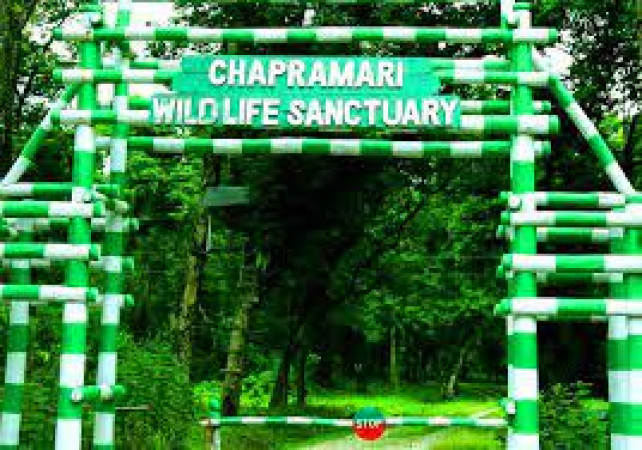
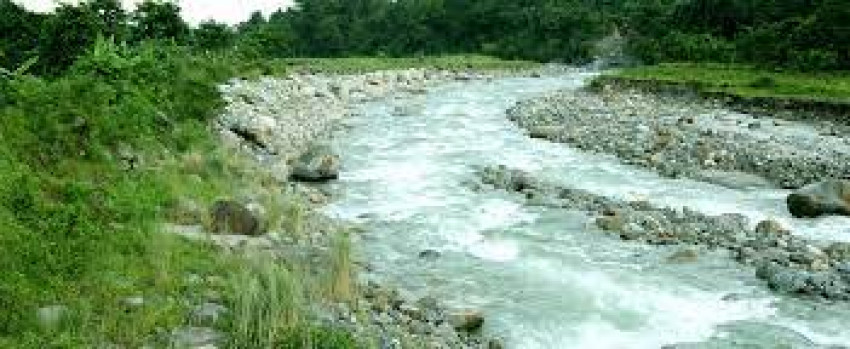
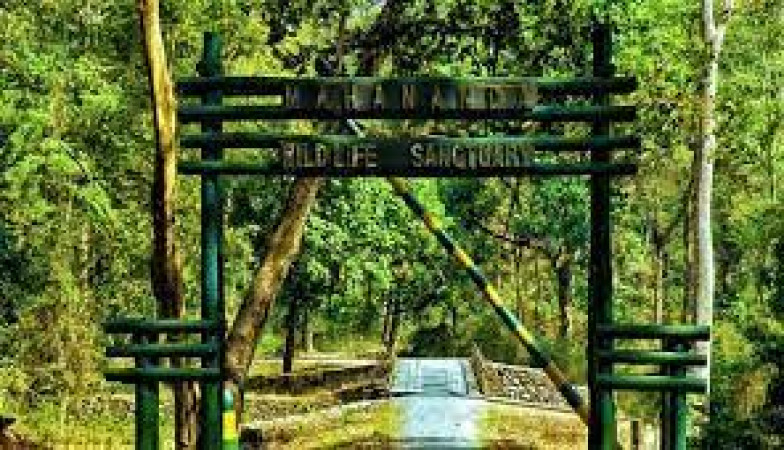
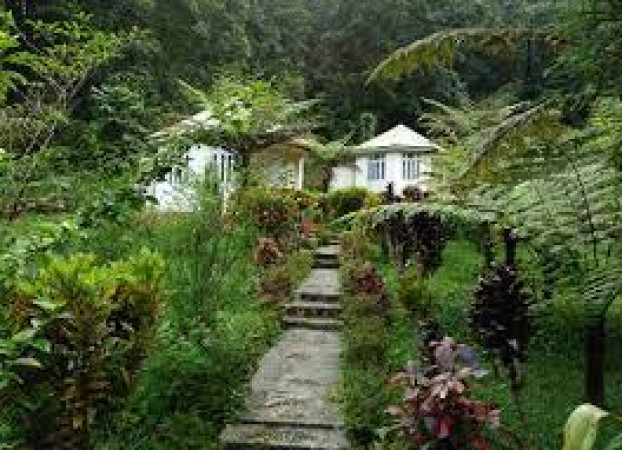
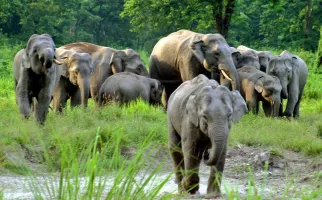
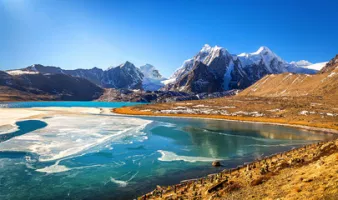

![Dooars 5N/6D tour package [Based on 16 Adults] LD- 515478](https://static.tripclap.com/uploads/package/350X200/1762611008-1762611008-5771e.webp)

